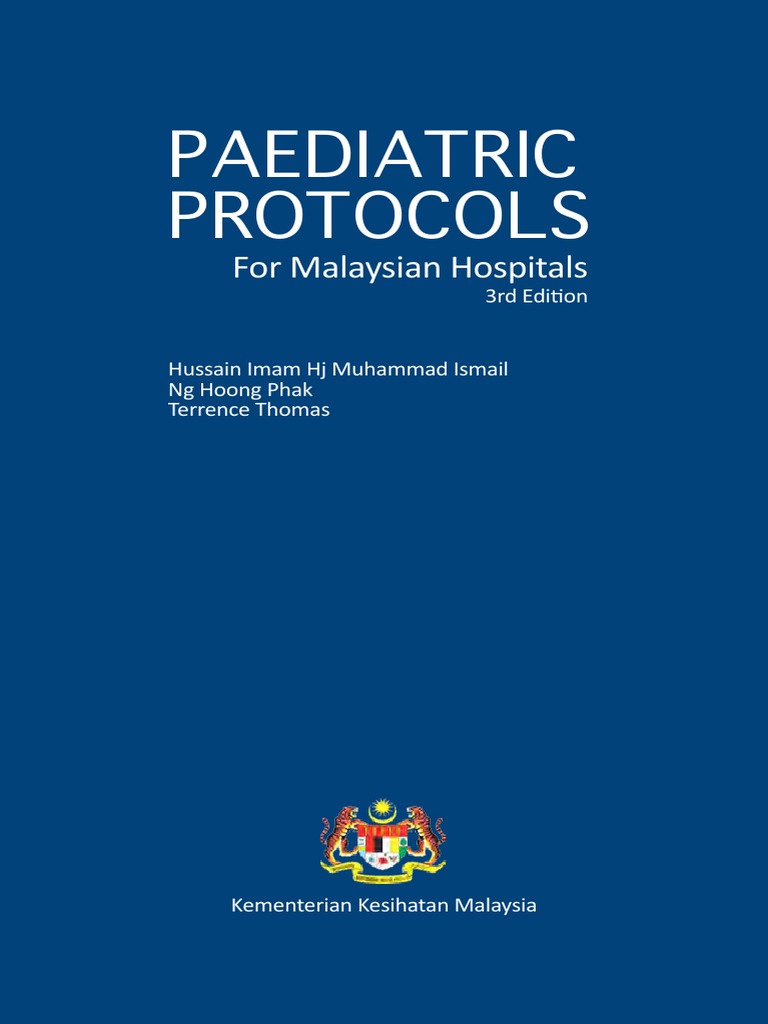Developmental Disabilities In Ontario 3rd Edition

Trauma, The Past and Approaches to Healing: Disability informed approaches to trauma Registration Closed! Thank you The Ontario Association on Developmental Disabilities OADD is a professional organization of people working and studying in the field of developmental disabilities, throughout Ontario. OADD’s members include agencies and organizations; university and community college students and instructors; service provider direct care staff and managers; family support workers; case managers; psychologists; social workers; and other dedicated individuals.
The Ontario Association on Developmental Disabilities. OADD is a professional organization of people working and studying in the field of developmental disabilities. Hingsburger D. Erotophobic behavior in people with developmental disabilities. Ottawa (Canada): Ottawa, Ontario: Department of Solicitor General; 2000. American Psychiatric Publishing, in press. Frank J, Frank J. Persuasion & healing: a comparative study of psychotherapy. Baltimore (MD):. Members ofEach Other: Building Communities in Company with People with Developmental Disabilities. Toronto, Ontario: Inclusion Press. “More Than They Bargained. Taylor, S.J., and R.Bogdan. Introduction to Qualitative Research Methods: A Guidebook and Resource, 3rd edition. Developmental Disabilities in Ontario (Third Edition): 314: Books - Amazon.ca.
A developmental disability significantly affecting verbal and nonverbal communication and social interaction, generally evident before age three, that adversely affects a child's educational performance. Other characteristics often associated with autism are engagement in repetitive activities and stereotyped movements, resistance to environmental change or change in daily routines, and unusual responses to sensory experiences. (ii) Autism does not apply if a child's educational performance is adversely affected primarily because the child has an emotional disturbance, as defined in paragraph (c)(4) of this section. (iii) A child who manifests the characteristics of autism after age three could be identified as having autism if the criteria in paragraph (c)(1)(i) of this section are satisfied. 'Autistic' means a pervasive developmental disability which significantly impacts verbal and nonverbal communication and social interaction that adversely affects a student's educational performance. Onset is generally evident before age three.
Other characteristics often associated with autism are engagement in repetitive activities and stereotyped movements, resistance to environmental change or change in daily routine, unusual responses to sensory experiences and lack of responsiveness to others. The term does not apply if the student's adverse educational performance is due to emotional disturbance as defined in (c)5 below. A child who manifests the characteristics of autism after age three may be classified as autistic if the criteria in this paragraph are met. An assessment by a certified speech-language specialist and an assessment by a physician trained in neurodevelopmental assessment are required. Fsx Smoke System 2011 Travel here. Experts are focusing on more attention to early screening and identification.
ASD is often not diagnosed until 2 years after initial signs appear. The American Academy of Pediatrics has developed recommendations for the screening and diagnosis of young children. Early diagnosis is vital to early intervention. Early intervention leads to better outcomes. Three considerations that inform the assessment process are: Maintaining a developmental perspective. Including information from multiple sources. Multidisciplinary assessments.
Entrance Criteria Chronological Age Similar behavior repertoire Should take place at least 1 to 2 times per week At least ½ hour per session 1:1 ratio, gradually thinned One group facilitator 1-2 peer models Developing a new skill thru reinforcement (Shaping) Gradually taking support away (fading) Goes from a less restrictive to most restrictive model (prompting) A major life skill is crossing the street Clearly define the following: Objectives for each activity Level and types of prompting/fading Mastery criteria Individualized programs. Most restrictive- Least Restrictive 1. Full physical prompt: Hand over hand - You're taking control of the students hand or arm and you're physically taking control 2. Partial physical prompt: Light guidance - You're lightly touching her elbows if you want someone to stand up 3. Modeling - You go thru and you model the behavior and you wait until she responds - If she does not respond, you go back to partial by tapping her elbows and if she still doesn't you go back to full physical and you actually make her do it 4.
Verbal Prompt( 1-2 times then go back) - Prompting her to do what she needs to do next by saying what she needs to do - The first time would be an SD- discriminative stimulus - If she didn't do it the first time, the second time would be the verbal prompt 5. Gestural Prompt - Discrete trial teaching (10 trials in a row) (8% or better for 3 consecutive settings) - Pointing to the color so she can get it right - Positional prompt- making the object closer 6. Volvo Vida 2012a Rapidshare Downloader. Independent The student does the skill on their own. Objective- referring only to observable characteristics of the behavior and assures that specific instances of the behavior can be observed and recorded reliably. Clear in that it should be readable and unambiguous so that experienced observers could read it and readily paraphrase it accurately. Complete-discriminates between what is and what is not an instance of the target behavior. 3 Guidelines to Test Your Definition Can you count the number of times that the behavior occurs in a given time period or how many minutes the behavior occurs?